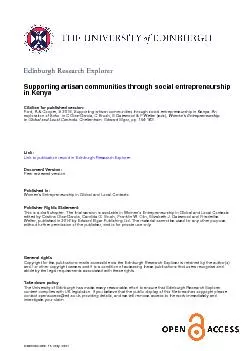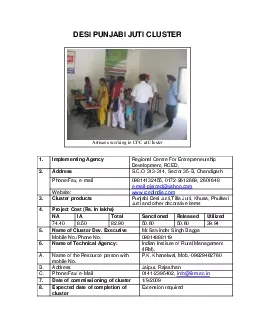PPT-Tracking of Newly Qualified Artisans
Author : marina-yarberry | Published Date : 2017-07-12
National Skills Conference 2017 23 24 March 2017 Introduction Graduate destination surveys GDS used to track graduates into the labour market Evidence based planning
Presentation Embed Code
Download Presentation
Download Presentation The PPT/PDF document "Tracking of Newly Qualified Artisans" is the property of its rightful owner. Permission is granted to download and print the materials on this website for personal, non-commercial use only, and to display it on your personal computer provided you do not modify the materials and that you retain all copyright notices contained in the materials. By downloading content from our website, you accept the terms of this agreement.
Tracking of Newly Qualified Artisans: Transcript
Download Rules Of Document
"Tracking of Newly Qualified Artisans"The content belongs to its owner. You may download and print it for personal use, without modification, and keep all copyright notices. By downloading, you agree to these terms.
Related Documents












